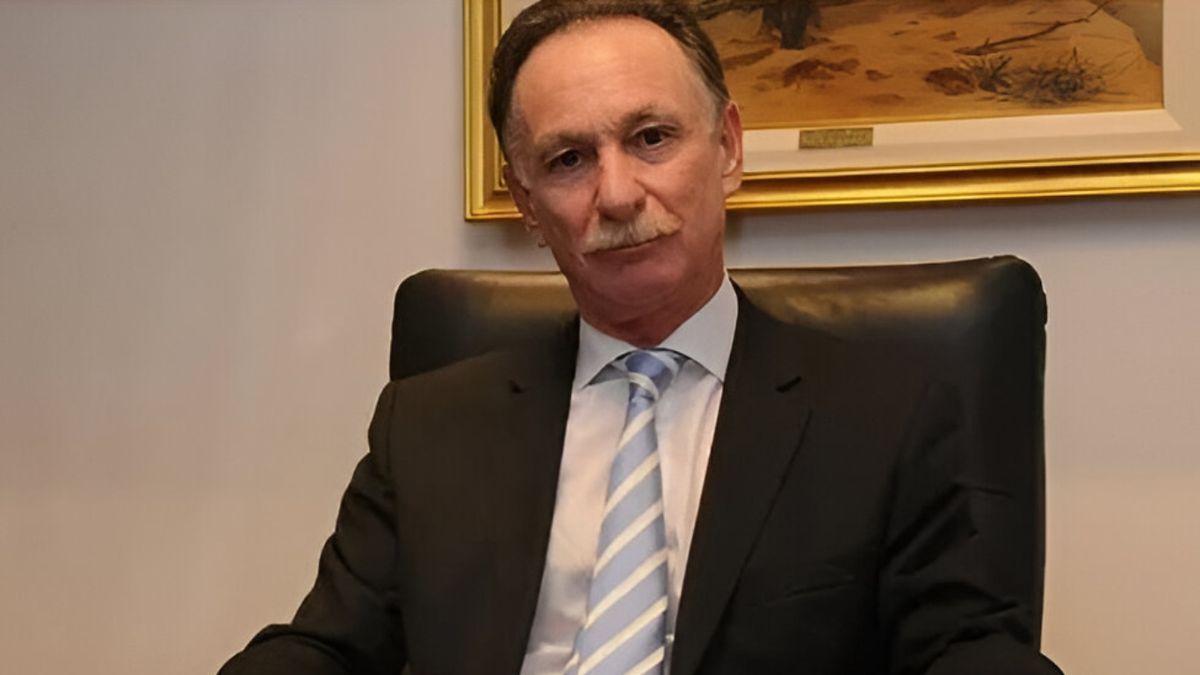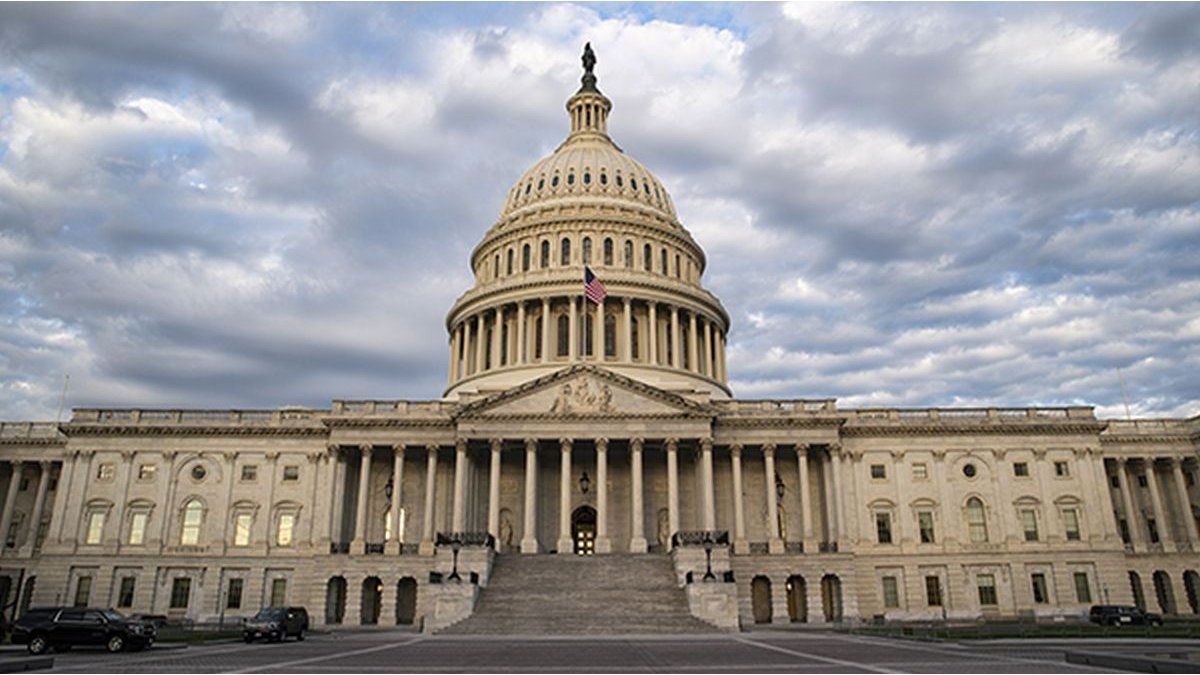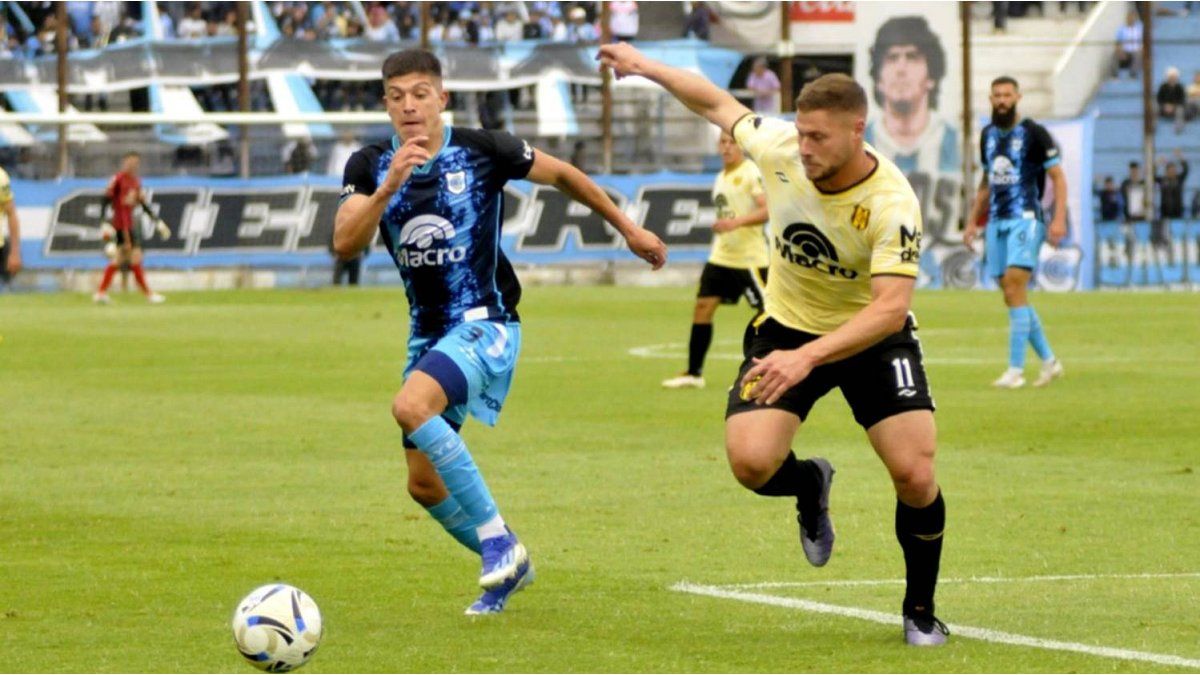Next, the report granted to Scope:
Journalist: A year and a half of the beginning of Javier Milei’s government, what measures stands out as positive?
Gustavo Weiss.: The decision to combat inflation has been the essential contribution of the current administration to make possible the growth of the country. The permanent success in that objective is vital to restore credibility in the macroeconomic scheme and to promote internal and external credit, both essential to make the investment required to grow. We understand that fiscal balance is an essential tool to combat inflation, but that balance must be achieved with a broad and objective consideration of all effects of cuts and other decisions.
Q.: And what were negative?
GW: The sector directly suffered the decision to cut any expenditure into national public works since December 2023. Although in the first months this could be explained to the inflationary emergency, the continuity of that policy in time seems a wrong decision, since public infrastructure is not an expense but an investment that will determine the future growth of the country.
On the other hand, the unilateral paralysis of contracts in force at the time of change of the administration and the default of obligations of works already executed are a negative history when it is intended to attract external investors, which will be essential for development
Q.: How does the liberation of the stock impact on its sector?
GW: We do not see a direct impact of the liberation of the stocks on our sector due to the low incidence of the importation of inputs and that of external investors in our activity, but we believe that this release was essential and will be vital to enable the aforementioned external investment in infrastructure.
Q.: The Government encourages the use of unstalled dollars. How do you evaluate this initiative?
GW: Possibly this measure will allow to transparent real estate investments, in particular the so -called “works from the well”. We understand that these resources, once formalized, will expand the tax base and thereby increase the necessary resources to meet the community infrastructure requirements. We support every measure that tends to reduce informality.
Q.: How do you glimpse the perspectives regarding activity for the coming months, both in terms of public and private works?
GW: We do not see favorable perspectives in the national public investment sector instead, we are seeing more favorable signals in provinces that reactivate with their own resources. Municipalities that bet on basic infrastructure. Private sectors such as mining, energy, agribusiness, which begin to demand works. But it wouldn’t be fast.
Q.: As an entrepreneur, how do you evaluate the perspectives for Argentina in the coming years? What are the risks and opportunities?
GW: To be a builder you must always be optimistic. The construction industry has the same future as the country. It will grow with the country. It will grow even before, inclusive, recovering infrastructure, generating homes, cities and new assets that expand the country’s productive capacity.
This will improve competitiveness, the effects of extreme climatic events will be dreamed and the quality of life of the community will be improved.
As always, the construction will be creating activity in more than 150 sectors of its value chain, generating formal employment during the work, as well as creating tax collection for the increased activity, during the work and throughout the useful life of the same.
The essential thing is to achieve and preserve credibility because to grow internal and external investment and that trust is built with a stable macroeconomic framework and permanent institutional policies
ACTIVITY
Q: In recent days, heavy rains determined the cut of important national routes. Could this situation have been planned or mitigated?
GW: Without a doubt, there are extreme and acute extreme climatic phenomena. Its effects are aggravated due to a lack of maintenance – for many years – to existing infrastructure. Timely maintenance would have mitigated the effects.
But it cannot be ignored that these new extreme phenomena imply greater requirements for existing infrastructure assets already design.
To prevent in the future, the repetition of dramatic situations, it is required that it continuously inves
Q.: The last measurement of INDEC registered a monthly drop of 4.1% in the construction activity, interrupting the improvement observed at the beginning of the year. Why?
GW: The current situation of the sector remains serious, beyond small monthly changes that may be due to seasonal factors, rains or holidays. More than 90% of national public works have been suspended. Tens of thousands of jobs have been lost. And at the same time, private investment in infrastructure still fails to cover that void.
On the other hand, private investment in real estate ventures is affected by the increase in construction cost when expressed in dollars, as usual in that market. This can affect the fulfillment of “works from the well” contracts, and the competition with units used becomes difficult.
Anyway, our industry is resilient. Suffers -agravadas- recessions, but recovers quickly and strong when the country grows again
Q.: How many companies closed in recent months?
GW: We have no information about it, but we can say that companies face debts, paralysis, lack of payment and legal uncertainty. Your technical teams must disarm, its capital in teams deteriorates
Q.: How many workers lost construction in recent months?
GW: There are no significant changes in recent months after a dramatic reduction of the template from mid -2023, which implied the loss of more than 100,000 direct jobs.
Q.: How is the situation in terms of payments by the State?
GW: The situation remains complex with partial payments, limited to some items or distributions and without resolving the accumulated debt of current contracts.
Public works
Q.: How much is the infrastructure stock that Argentina has and how much of that stock is privatized?
GW: The strategic thinking area of the Chamber made, in the second semester of 2024, an analysis of the country’s infrastructure stock. With a team of more than 30 specialists in 22 areas, he estimated the value of the available infrastructure, how much it would be to rebuild it from scratch, how much it is worth today, depreciated by the passage of time or an accelerated deterioration due to lack of maintenance. It also estimated the minimum annual maintenance needs so that the assets provide the proper service.
The result is that rebuilding the inherited infrastructure would cost the GDP 2.56 times, that is 1.4 million dollars.
Every year around 25 billion dollars is depreciated for the use and passage of time. But if we also do not perform the minimum maintenance required every year, that deterioration and loss of capital increases exponentially. From the analysis carried out that 52 % of the assets are under the management of concessionaires, provisions or private operators, although the assets remain part of the public assets. The study can be consulted at https://linktr.ee/camarcoape
P:In what situation is the infrastructure in charge of the State at the national, provincial and municipal level? What deterioration level does public infrastructure have on routes, ports, airports, etc.
GW: The infrastructure in charge of the State – its three levels – is very deteriorated after decades of low investment and maintenance omission. Its current value is about 45 % of the replacement value. It is like we have consumed more than half of its useful life.
The lack of timely maintenance has generated the additional need to recover, in priority, very deteriorated critical infrastructures.
That deterioration is evident in the road network, on the railroads. Other sectors such as electric transmission are on demand. Some sectors such as ports and airports, generally under private administration, are in a better situation, depending on tariff regulation.
INVESTMENT
Q: How much should public investment ascend in terms of GDP to keep current infrastructure in good condition and at what level is it really?
GW: To preserve the infrastructure in an adequate state of service, well maintained, recovering the priority impairments, Without the country growing, an investment is required by the three levels of government of around 4 % of GDP every year. The national investment provided for in the current budget is of the order of 0.6 % of GDP, which is also carried out late so far. It is difficult to know the amount of provincial and municipal investment, but it is estimated that 1.5 %will not exceed. So we will reach perhaps half of the necessary investment so that what we have does not deteriorate. Nor think of continuing growth in the country with that decreasing productive capital.
Q: And what should be the investment rate thinking about sustained growth?
GW: The publication of the 2023 CPI Infrastructure Policies Council, called Build 2034, https://cpi.org.ar/download/construal-2034/ estimates that, to grow 3 % per year, an investment in public infrastructure of the order of 9 % of the GDP is required each year, a part of which it could obtain from private investors in sectors where the private participation in sectors It is feasible.
DWELLING
Q: Does the increase in mortgage loans lead to new ventures in housing construction?
GW: We hope that the decrease in inflation and the recovery of the currency will expand the mortgage credit. With the help of the divisible mortgage, to be regulated, this can lead to new housing real estate ventures for an additional layer of the population that cannot access the house, but can pay a fee.
To give volume to this future market, it must advance towards the securitization of mortgages and to promote a capital market for these securitized titles. A tax regime that encourages that market would be very important
Q: Why is it said that construction is expensive in dollars?
GW: In Argentina the construction cost depends little on importation. Most of its costs are local. And grew with local inflation. So they grew expressed in dollars whose value grew less.
Q: Why aren’t there more works in Pozo?
GW: In Argentina – and in particular in AMBA – the value of the properties is thought and transated in dollars. Given a construction cost expressed in dollars that grows and a stable sales value, the attractiveness of the work in well decreases for the investor. On the other hand, who thinks of moving analyzes the alternative of buying a used home, especially if the mortgage credit develops
Q: What kind of loans should banks grant to encourage housing construction and acquisition?
GW: Banks should develop the credit market with long -term mortgages, in grapes, standardized, securitizable, to finance the buyer. Given the barefoot of these credits with the deposits that banks receive, this segment must be completed with a capital market that markets instruments based on those securitized mortgages.
On the other hand, banks should support the investment of developmentalists during the work using new financial instruments such as divisible or similar mortgage
Q: Why doesn’t real estate leasing work in Argentina?
GW: We believe that this aspect must be analyzed and promoted, attending to be necessary the regulatory and tax aspects that have discouraged the use of this tool.
Source: Ambito




